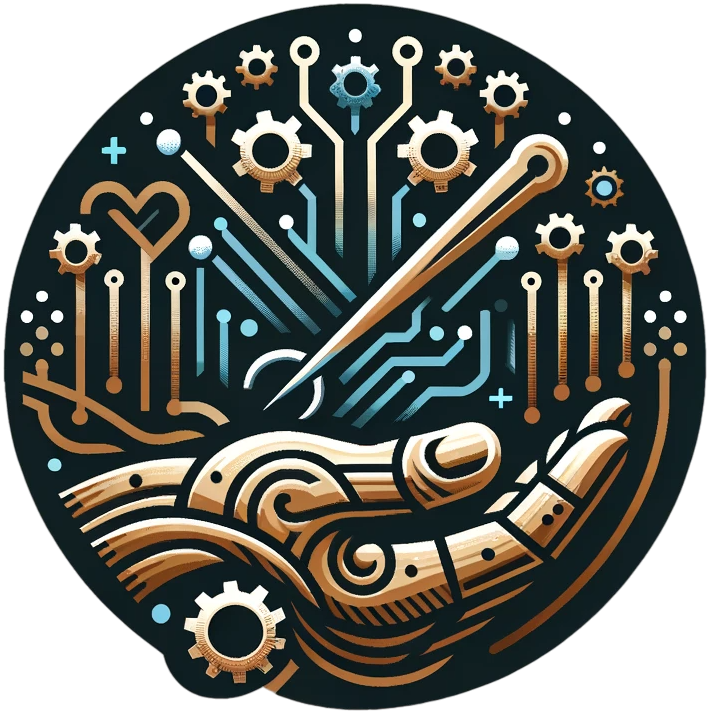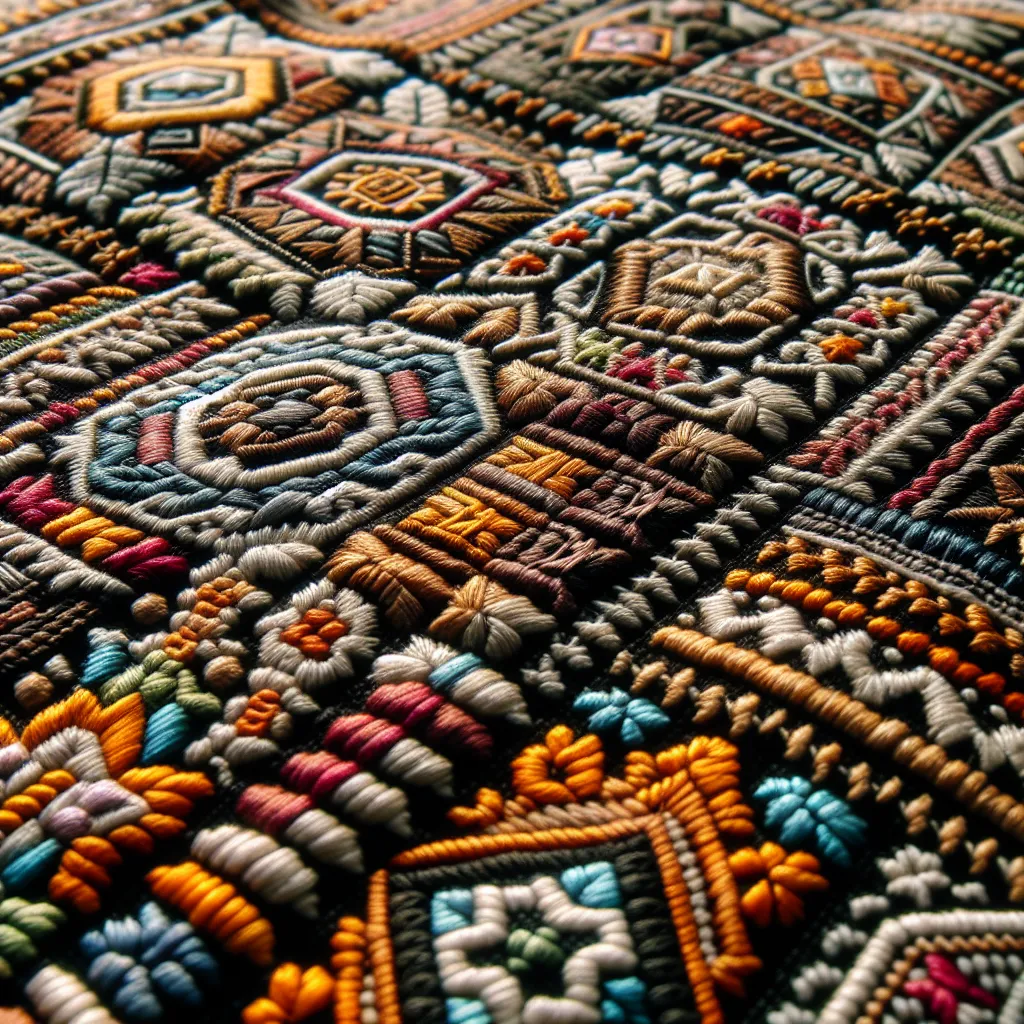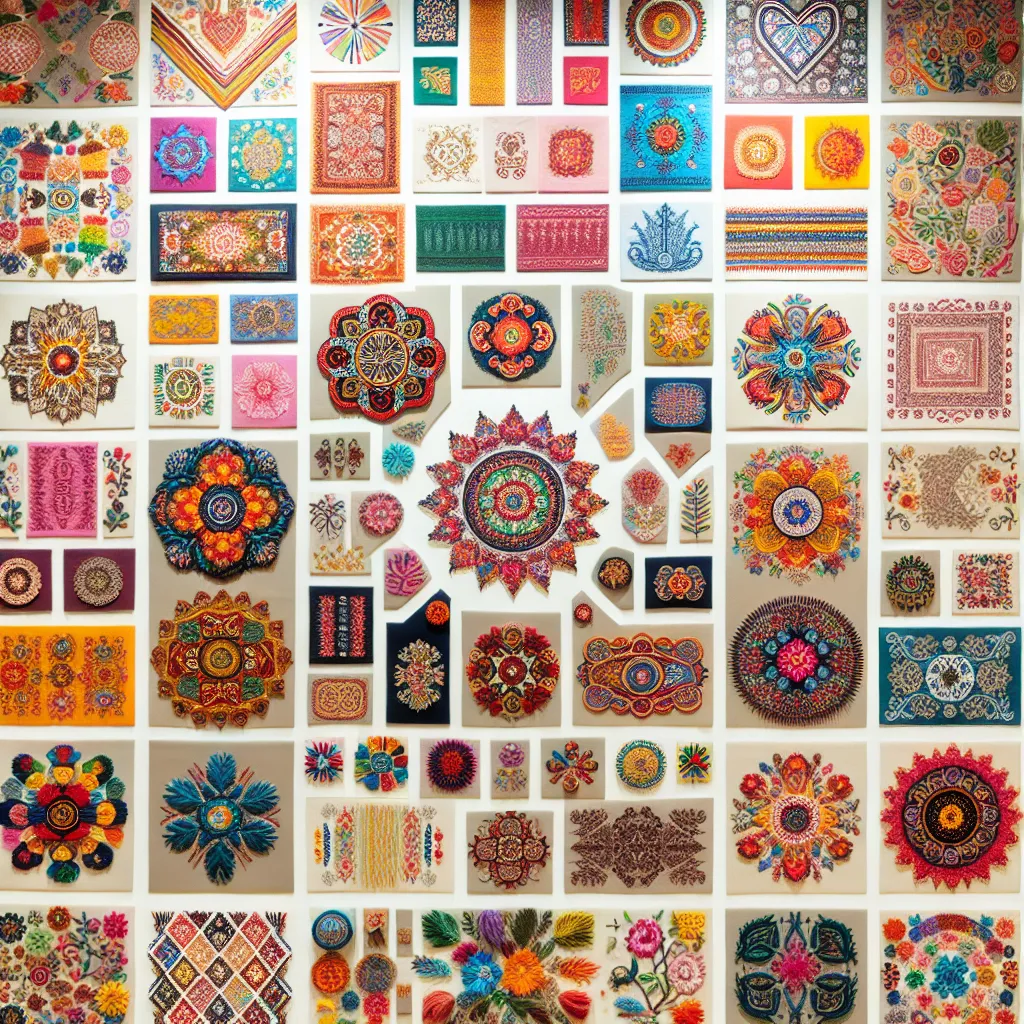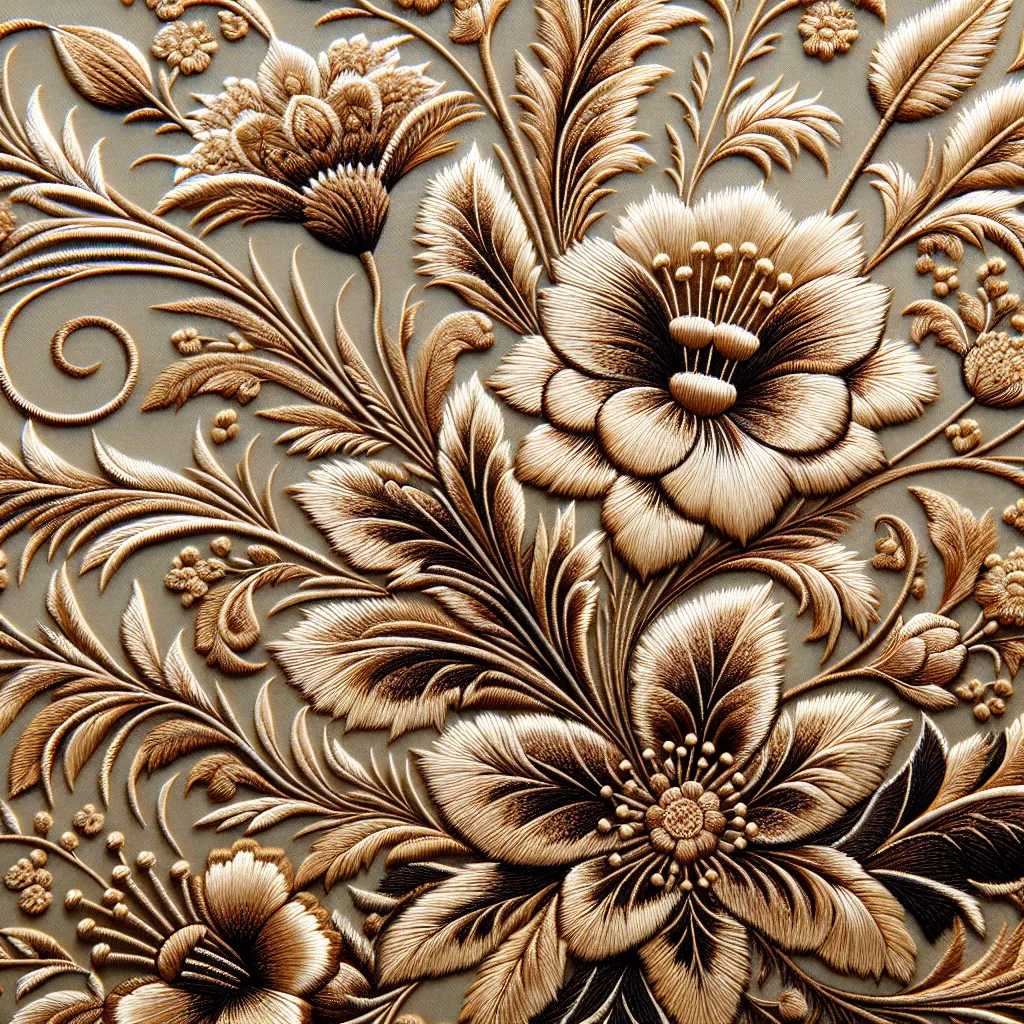The Origins of Embroidery: A Historical Overview
Embroidery is an ancient art form that has been practiced for centuries, with evidence of early embroidery work dating back to the Warring States period in China, around 5th-3rd century BC. The exact origins of embroidery are difficult to pinpoint, as it was independently developed in different cultures around the world. In ancient Egypt, embroidery was used to decorate clothing and household items, with intricate designs featuring symbolic motifs. Similarly, in ancient Persia, skilled artisans practiced the art of embroidery, creating exquisite textiles adorned with elaborate stitching.
Throughout history, embroidery has been a significant form of artistic expression and a symbol of wealth and social status. In medieval Europe, skilled embroiderers were highly esteemed, and their work was sought after by the nobility. The Renaissance period saw embroidery reach new heights of creativity and craftsmanship, with detailed and elaborate designs adorning fashion and religious garments.
As trade routes expanded and cultures interacted, embroidery techniques and styles spread across continents. In Asia, particularly in India and Japan, distinct embroidery traditions flourished, each with its own unique motifs and stitching methods. The introduction of new materials and tools further enriched the art of embroidery, leading to innovative techniques and styles.
Over time, embroidery evolved from a purely decorative art form to a means of storytelling and cultural preservation. From the intricate Bayeux Tapestry depicting the Norman Conquest of England to the vibrant huipiles of Mexico, embroidery has been used to narrate historical events and showcase indigenous traditions.
Today, the legacy of embroidery continues to thrive, with contemporary artists and designers pushing the boundaries of traditional techniques and experimenting with new materials. The rich history of embroidery serves as a testament to its enduring appeal and its ability to transcend time and cultures.
Evolution of Embroidery Techniques Through the Ages
Embroidery techniques have a rich and varied history that dates back thousands of years. The evolution of embroidery techniques through the ages reflects the cultural, social, and technological changes that have occurred throughout history. The earliest examples of embroidery can be traced back to the Cro-Magnon era, where simple decorative stitches were used to adorn clothing and other items. As civilizations developed, so too did the techniques and styles of embroidery. In ancient China, for example, silk embroidery was highly prized, and intricate designs were created using a variety of stitches and techniques.
During the Middle Ages, embroidery became an important form of artistic expression in Europe. Elaborate designs featuring gold thread, pearls, and precious stones were used to embellish religious garments and textiles. These techniques were closely guarded and passed down through generations of skilled artisans.
The Renaissance brought about a renewed interest in the arts, and embroidery flourished during this time. Intricate and detailed designs featuring complex stitches such as the satin stitch and the long and short stitch became popular, and embroidery was used to create lavish textiles and tapestries.
As the industrial revolution took hold, embroidery techniques began to evolve once again. The invention of the sewing machine revolutionized the production of embroidered goods, making them more accessible to a wider population. New techniques, such as machine embroidery and the use of synthetic threads, emerged, changing the landscape of embroidery.
Today, embroidery continues to evolve with the advent of digital technology and computerized embroidery machines. Designs can now be created and replicated with precision and speed, pushing the boundaries of what is possible with embroidery techniques.
As we look back on the history of embroidery techniques, we can see how they have evolved and adapted to the changing world around them. From simple decorative stitches to intricate and complex designs, embroidery continues to be a celebrated art form that reflects the creativity and innovation of countless generations.
Cultural Impact of Embroidery: Traditions and Innovations
Embroidery has a rich history steeped in diverse cultural traditions, with each region offering its unique techniques and styles. Through the centuries, embroidery has played a significant role in the cultural expression of various societies, reflecting their stories, beliefs, and daily lives. From the intricate and colorful designs of Chinese silk embroidery to the geometric patterns of traditional Palestinian cross-stitch, the cultural impact of embroidery is profound and enduring.
Traditionally, embroidery has been a means of preserving cultural heritage and passing down traditions from one generation to the next. In many cultures, specific stitches, motifs, and color choices hold deep symbolic meanings, representing a community’s values, identity, and history. For example, the bold and vibrant embroidery of Mexico’s Otomi people tells the stories of their connection to nature and mythology, while the delicate floral motifs in Indian kantha embroidery symbolize love, life, and harmony.
Furthermore, the innovation of embroidery techniques has also contributed to the cultural impact of this art form. As societies evolve, so do their embroidery traditions. Today, contemporary artists and designers are integrating traditional embroidery methods with modern materials and themes, bridging the gap between the past and the present. This fusion of old and new not only sustains the cultural relevance of embroidery but also introduces it to a global audience, fostering cross-cultural appreciation and understanding.
In conclusion, the history of embroidery techniques carries a profound cultural significance, serving as a visual narrative of human experiences, traditions, and creativity. By embracing both the traditions and innovations of embroidery, societies worldwide continue to celebrate and share their cultural heritage through this intricate and timeless art form.
Reviving Ancient Embroidery: Modern Applications and Interpretations
Exploring the History of Embroidery Techniques reveals a rich tapestry of cultural heritage and artistic expression. One fascinating aspect of this exploration is the revival of ancient embroidery techniques in modern applications and interpretations. Over the years, artisans have been delving into the depths of history to unearth traditional embroidery methods, breathing new life into them through contemporary art and design.
The resurgence of ancient embroidery techniques offers a unique opportunity to bridge the gap between past and present, allowing for a deeper understanding of cultural traditions and craftsmanship. By incorporating these age-old techniques into modern creations, artists and designers infuse their work with a sense of timelessness and heritage.
Through this revival, ancient embroidery techniques find relevance in today’s world, transcending temporal boundaries to adorn fashion, home decor, and art pieces. This evolution not only adds a layer of historical significance to contemporary creations but also serves as a testament to the enduring allure of skilled craftsmanship.
As we look to the future, the revival of ancient embroidery techniques continues to inspire fresh interpretations and innovative applications. It paves the way for a reimagining of traditional art forms, fostering a renewed appreciation for the intricate beauty of embroidery across cultures and centuries.



